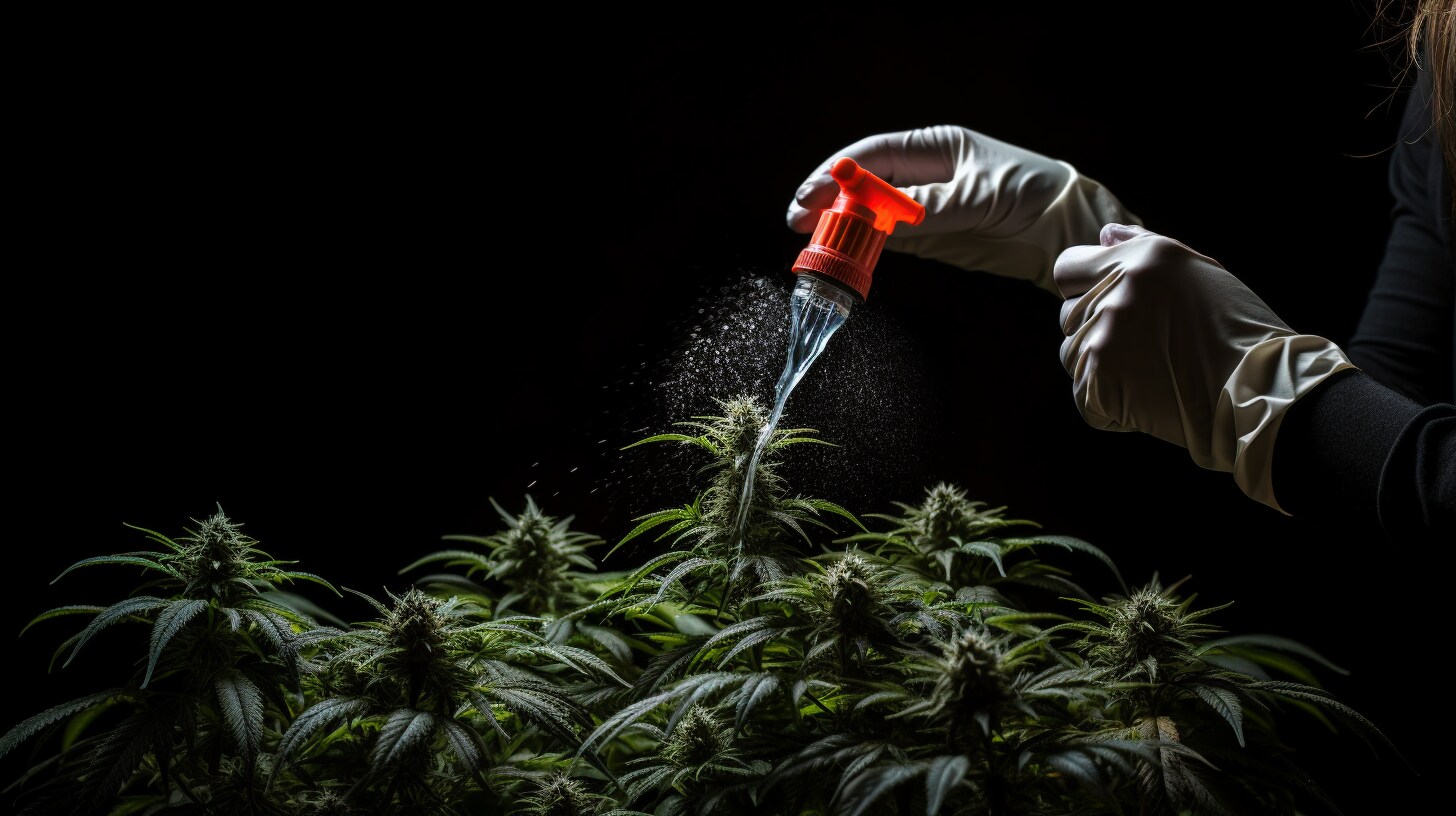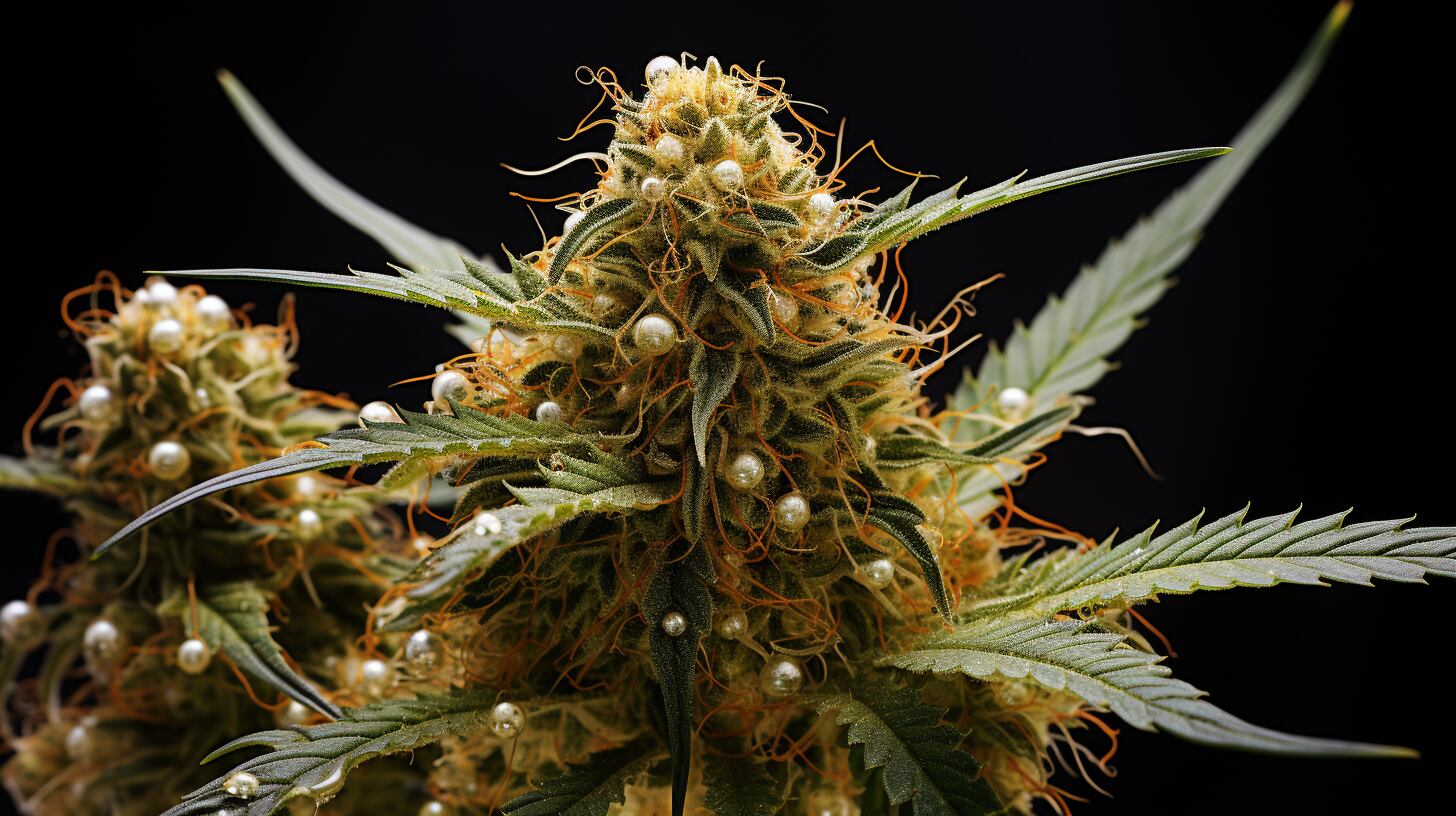How Are Cannabis Seeds Feminized
Feminized cannabis seeds are specially bred to produce only female plants. This is beneficial for growers who want to maximize their yields since the female plants are the ones that produce flowers. For a seed to be considered feminized, it must contain two copies of the X chromosome and no Y chromosome.
This ensures that any resulting offspring will be female. Feminizing cannabis seeds can be done through a variety of methods, including chemically inducing hermaphroditism in a plant or using genetic manipulation to increase the likelihood of producing only female offspring.
While there are some potential drawbacks to using feminized seeds (such as decreased genetic diversity among plants), they remain popular among growers who want high-quality yields without having to worry about male plants taking up valuable space and resources in the grow room.
Overview of How Feminized Cannabis Seeds Are Produced
Feminized cannabis seeds are produced in a variety of ways, but the most common method is through chemically induced hermaphroditism. This involves exposing a female plant to a plant growth hormone called gibberellic acid, which causes it to produce flowers with both male and female parts.
The pollen from these flowers can then be collected and used to fertilize other female plants, thus producing feminized seeds. Another popular method of producing feminized cannabis seeds is through genetic manipulation.
This involves selectively breeding plants that are more likely to produce only female offspring, or altering the genetic makeup of the plant itself so that there is an increased likelihood of producing only female offspring. Both techniques can be effective but require some trial and error before they become successful.
Traditional Method for Producing Female Plants and Feminized Seeds
The traditional method for producing female plants and feminized cannabis seeds is through selective breeding. This involves choosing the most desirable traits from two parent plants and then propagating their offspring.
This process can take years of careful selection and cultivation but can result in a strain that has the desired characteristics of both parents. To ensure that only female plants are produced, male plants must be identified and removed before they can pollinate the females.
Once this is done, the female plants will produce seeds with a higher percentage of feminized genetics due to only having one set of chromosomes instead of two. With this method, it is possible to create strains that are more likely to produce only female offspring, but it may still require trial and error before successful results are achieved.
Dioecious Plants
Dioecious plants refer to those that have separate male and female plants and are a great option for growers looking to produce feminized cannabis seeds. Unlike regular cannabis plants, dioecious plants can produce viable pollen from the female flowers instead of relying on the presence of male plants.
This makes it much easier to ensure that only female genetics are passed on, resulting in higher-quality feminized seeds. Additionally, since dioecious strains do not require pollination by males, they can be grown in much smaller spaces than traditional cannabis plants. For these reasons, many beginner growers choose to cultivate dioecious strains when looking for feminized genetics.
Production of Ethylene
Production of Ethylene is a popular technique used to produce feminized cannabis seeds. It involves exposing the female plant to a chemical called ethylene, which causes the plant to produce male pollen and thus pass on female genetic traits when pollinated with other female plants.
A common method for producing feminized cannabis seeds is to expose the female plant to ethylene for about two weeks before switching it back to regular growing conditions. This gives the plant enough time to produce viable male pollen that can be used for pollination of other female plants.
Another advantage of this method is that it does not require any additional steps such as sex reversal or applying hormones, making it much simpler than traditional methods.
Gibberellic Acid Treatment (GA3)
Gibberellic acid treatment (GA3) is another method used to produce feminized cannabis seeds. GA3 is a naturally occurring plant hormone that can be applied to female plants to induce the production of male pollen.
This method usually involves applying GA3 to the female plant for some time and then switching back to regular growing conditions. This technique is very effective in producing viable male pollen, making it a popular choice among growers who are looking for an easier way to feminize their cannabis plants.
The main advantage of this method is that it does not require any additional steps such as sex reversal or applying hormones, making it much simpler than other traditional methods. Additionally, GA3 treatment is more cost-effective compared to other methods, making it even more attractive for hobby growers who need large amounts of feminized cannabis seeds.
Rodelization
Modelization is a popular method of obtaining feminized cannabis seeds without having to use hormones or other chemical treatments. This method involves allowing female plants to go through their natural cycle, which will produce male pollen that can be used to fertilize the female plants.
This process works best with Indica strains and Sativa strains as they tend to produce higher rates of viable male pollen. To get the best results, it is important to select healthy and mature female marijuana plants and allow them to flower for an extended period before removing any male flowers.
It’s also important to monitor the environment when attempting modelization, as too much stress can reduce the rate of successful pollination. While this method may take longer than other techniques, it is simple and cost-effective making it an attractive option for commercial growers looking for a more natural way to feminize their cannabis crop.
Stressing the Plant with Low Temperatures or Shock Treatments
Stress treatments such as low temperatures or shock treatments are another common way to achieve feminized cannabis seeds. This approach utilizes the stress response of the plant to trigger a gender change. Low-temperature stress involves reducing the air temperature around the plants and shocking them with sudden changes from hot to cold or vice versa.
Shock treatments, on the other hand, involve exposing plants to strong light sources that disrupt their natural photosynthesis process. Both techniques have been known to alter the gender of a cannabis crop, however, it is important for growers to carefully monitor their environment when attempting either method as too much stress can negatively impact yields and quality.
Growers should also be aware that there is no guarantee of success when using these methods, so patience is essential if attempting either technique.
Modern Method for Producing Feminized Cannabis Seeds
Modern methods for producing feminized cannabis seeds involve the use of chemicals and hormones. This approach can be done through the application of a chemical called gibberellic acid, which is known to trigger the production of female flowers in many plants.
Another method utilizes silver thiosulfate, which helps prevent pollen from forming male flowers on female plants by stopping the release of male reproductive cells. Finally, some growers may utilize natural hormones such as ethylene or cytokinin to promote flower development and alter gender ratios within their crop.
While these modern methods are effective, they should only be used by experienced growers with a thorough understanding of plant biology and chemistry. As with any form of genetic manipulation, there is always the risk that something can go wrong so caution should always be taken when using any of these techniques.
Colloidal Silver Methodology
Colloidal silver methodology is an increasingly popular method for producing feminized cannabis seeds. This technique utilizes a solution of microscopic silver particles suspended in liquid, allowing the grower to manually induce the production of female flowers on male plants.
By spraying the solution onto the plant at certain times in its growth cycle, growers can effectively eliminate the presence of male reproductive cells and thus increase the odds that their crop will yield only female plants. While this technique is not as reliable as some of the more modern methods, it offers growers a safe and natural alternative when attempting to create feminized marijuana seeds.
With careful application and attention paid to detail, colloidal silver methodology can be an effective way to produce feminized cannabis seeds without introducing potentially harmful chemicals or hormones into your garden.
Use of a Recessive Female Chromosome (RFC) Trait in Cannabis Genes
The Recessive Female Chromosome (RFC) is a trait found in some cannabis genetics and is used to create feminized seeds. By crossing plants with the RFC trait, growers can ensure that their offspring will be entirely female.
The same principle applies if a male plant carrying the RFC gene is crossed with a female plant - all of the offspring will be female. This has proven to be an effective way for growers to produce feminized seeds without having to resort to more advanced techniques such as colloidal silver methodology or hormone treatments.
However, due to its rarity, finding plants carrying this trait can be difficult, and not all strains are known to carry it. Nevertheless, when used correctly, the RFC trait can provide an easy way for growers to ensure that their crop produces only feminine plants and thus increase their chances of harvesting quality buds.
Learn more: How To Feminize Cannabis Seeds?
Advantages & Disadvantages of Using Feminized Cannabis Seeds
Feminized cannabis seeds offer many advantages to growers, as they help to ensure that only female cannabis plants are produced. This is especially beneficial for growers who are looking to maximize the yield of their crop by ensuring that only unfertilized buds are produced.
Additionally, feminized seeds can be used to produce plants with desirable traits more quickly than regular seeds, as there is no risk of males being present in the population thus disrupting the desired genetic expression. However, feminized cannabis seeds can also have some drawbacks. As these female seeds are not bred naturally, they may lack diversity within their respective strains and may be more prone to disease or pests as a result.
Furthermore, it's important for growers using feminized seeds to take extra care when pruning and trimming their plants to avoid accidentally eliminating females from the population. Ultimately, while feminized cannabis seeds provide some clear advantages for growers looking for fast results or high yields, it's important to consider all factors before deciding whether this method is appropriate for your needs.


 Français
Français 

